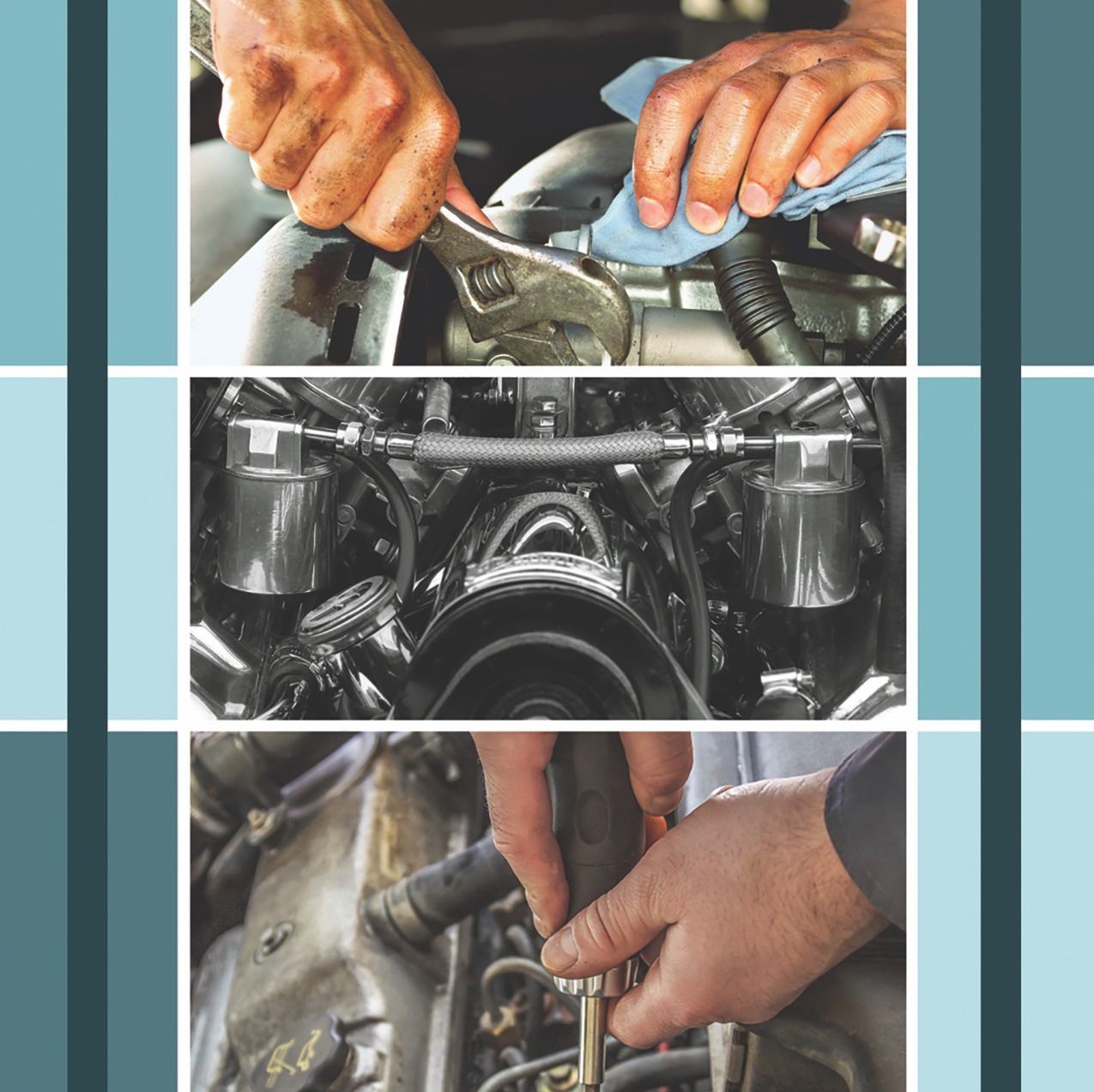The Valley Chronicle - Develop a vehicle maintenance scheduleng
Develop a vehicle maintenance schedule
·
2 min read
[caption id="attachment_16489" align="aligncenter" width="1275"] Metro Service
Metro Service
Maintaining a routine service schedule is one way for drivers to keep repair costs down.[/caption] The oft-sudden expense of vehicle repairs can throw monthly budgets into disarray. Maintaining a routine service schedule is one way for drivers to keep repair costs down. The online automotive resources Edmunds.com says many car owners do not adequately prepare for scheduled maintenance, and may not give maintenance a thought until it’s too late. The first step drivers take upon purchasing a new or preowned vehicle should be to familiarize themselves with the vehicle’s owner’s manual, which is filled with valuable information and likely includes maintenance interval recommendations. Next, drivers should learn about their vehicle, which is particularly relevant when buying a preowned vehicle. Getting to know how the car or truck rides, as well as any sounds it may make, can provide drivers with a solid foundation they can then use to keep their cars running strong. Routine service typically includes tire rotation, oil changes and topping off of fluids. So just how long between service appointments can a car go? Here are some generalized estimates. Oil change: Oil chemistry and engine technology have improved so much that most cars can go well beyond the once-recommended 3,000 mile interval between oil changes. Now many vehicle manufacturers recommend between 5,000 and 10,000 miles between changes, advises Edmunds. Drivers should err on the side of caution if they do a lot of stop-and-go driving and short trips. Other drivers may want to invest in vehicles that have oil change maintenance minders built in. A light or countdown will come on the dashboard, indicating when the oil has reached the end of its usefulness. Tire rotation: Rotating tires helps prolong the life of the tires and alleviates uneven tread and wear. During the rotation, each tire is removed and relocated to a different position to ensure that all the tires will wear evenly. Michelin Tires states that tires should be rotated around every six months, or between 6,000 and 8,000 miles. Vehicle fluids: Your best bet is to see what the manufacturer recommends in regard to fluids such as transmission fluid, differential oil, brake fluids, coolant, etc. Some transmissions need regular maintenance, while others can go 150,000 miles between changes, according to the vehicle information site The Drive. Coolant typically can last 100,000 miles. For these types of changes, it may be best to go to a mechanic or service center familiar with your make and model rather than a quick-lube center, as knowing when to drain and refill can be more complicated. Service schedules can be designed to adhere to manufacturers’ recommendations and drivers’ personal preferences. -Metro Service
 Metro Service
Metro ServiceMaintaining a routine service schedule is one way for drivers to keep repair costs down.[/caption] The oft-sudden expense of vehicle repairs can throw monthly budgets into disarray. Maintaining a routine service schedule is one way for drivers to keep repair costs down. The online automotive resources Edmunds.com says many car owners do not adequately prepare for scheduled maintenance, and may not give maintenance a thought until it’s too late. The first step drivers take upon purchasing a new or preowned vehicle should be to familiarize themselves with the vehicle’s owner’s manual, which is filled with valuable information and likely includes maintenance interval recommendations. Next, drivers should learn about their vehicle, which is particularly relevant when buying a preowned vehicle. Getting to know how the car or truck rides, as well as any sounds it may make, can provide drivers with a solid foundation they can then use to keep their cars running strong. Routine service typically includes tire rotation, oil changes and topping off of fluids. So just how long between service appointments can a car go? Here are some generalized estimates. Oil change: Oil chemistry and engine technology have improved so much that most cars can go well beyond the once-recommended 3,000 mile interval between oil changes. Now many vehicle manufacturers recommend between 5,000 and 10,000 miles between changes, advises Edmunds. Drivers should err on the side of caution if they do a lot of stop-and-go driving and short trips. Other drivers may want to invest in vehicles that have oil change maintenance minders built in. A light or countdown will come on the dashboard, indicating when the oil has reached the end of its usefulness. Tire rotation: Rotating tires helps prolong the life of the tires and alleviates uneven tread and wear. During the rotation, each tire is removed and relocated to a different position to ensure that all the tires will wear evenly. Michelin Tires states that tires should be rotated around every six months, or between 6,000 and 8,000 miles. Vehicle fluids: Your best bet is to see what the manufacturer recommends in regard to fluids such as transmission fluid, differential oil, brake fluids, coolant, etc. Some transmissions need regular maintenance, while others can go 150,000 miles between changes, according to the vehicle information site The Drive. Coolant typically can last 100,000 miles. For these types of changes, it may be best to go to a mechanic or service center familiar with your make and model rather than a quick-lube center, as knowing when to drain and refill can be more complicated. Service schedules can be designed to adhere to manufacturers’ recommendations and drivers’ personal preferences. -Metro Service
S
